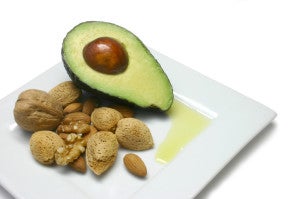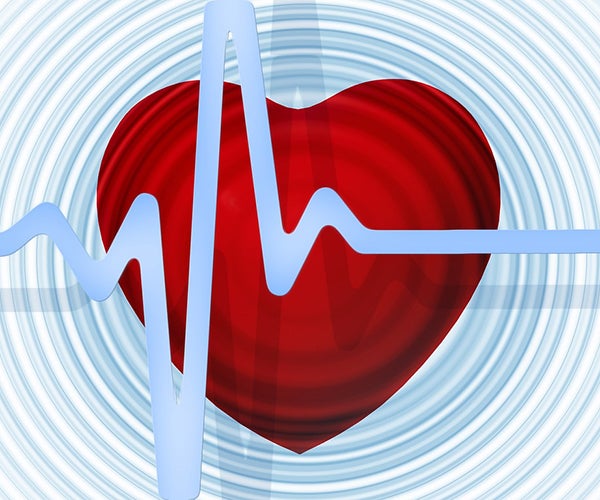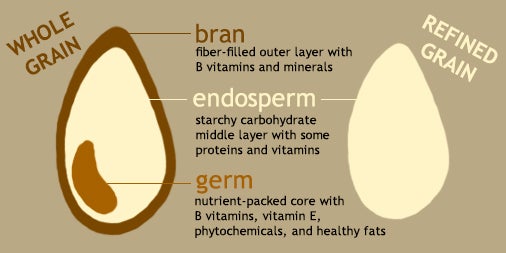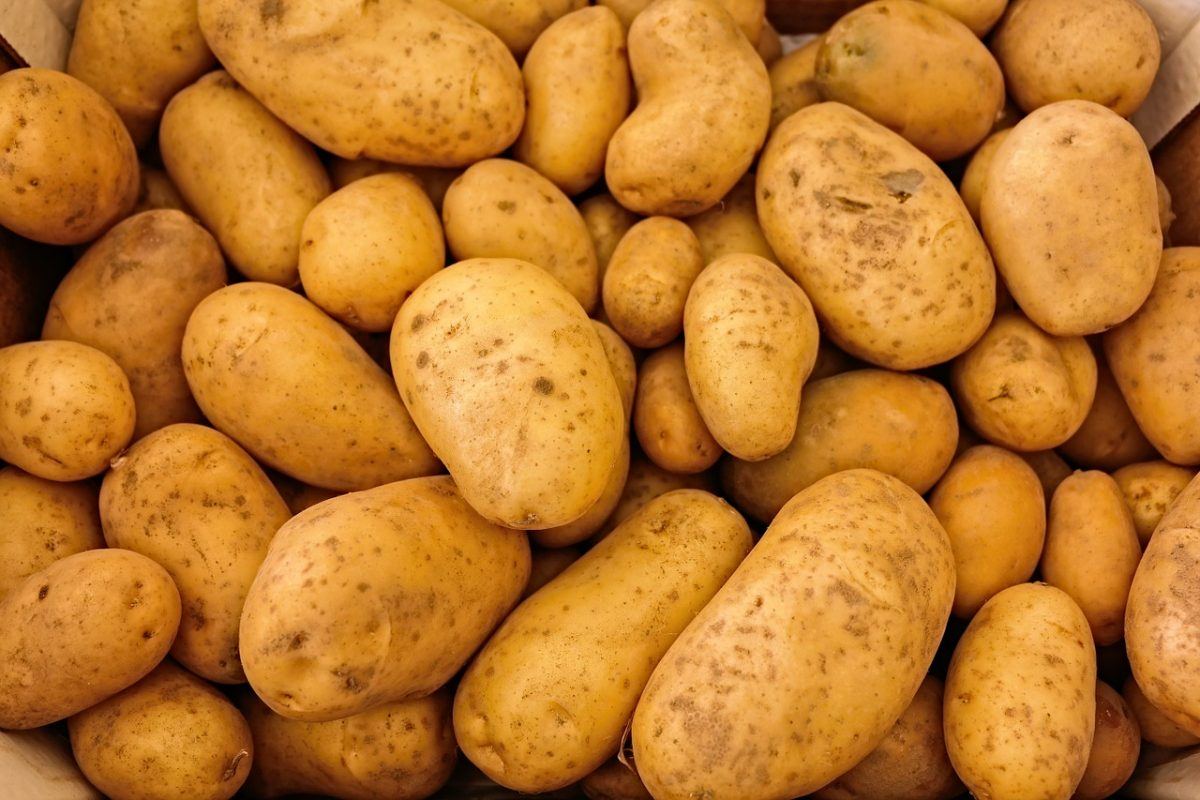El Plato para Comer Saludable, creado por expertos en nutrición de la Escuela de Salud Pública de Harvard y los editores en Publicaciones de Salud de Harvard, es una guía para crear comidas saludables y balanceadas – ya sean servidas en un plato o empacadas para llevar en la merienda o almuerzo. Coloque una copia … Continue reading “El Plato para Comer Saludable (Spanish)”
Diabetes The types of fats in your diet can affect the development of diabetes. Good fats, such as the polyunsaturated fats found in liquid vegetable oils, nuts, and seeds, can help ward off type 2 diabetes (16), whereas trans fats do the opposite. (6, 17) If you already have diabetes, eating fish can help protect … Continue reading “Dietary Fat and Disease”
Cholesterol The biggest influence on blood cholesterol level is the mix of fats and carbohydrates in your diet—not the amount of cholesterol you eat from food. Although it remains important to limit the amount of cholesterol you eat, especially if you have diabetes, for most people dietary cholesterol is not as problematic as once believed. … Continue reading “Cholesterol”
Unsaturated fats Unsaturated fats, which are liquid at room temperature, are considered beneficial fats because they can improve blood cholesterol levels, ease inflammation, stabilize heart rhythms, and play a number of other beneficial roles. Unsaturated fats are predominantly found in foods from plants, such as vegetable oils, nuts, and seeds. There are two types of … Continue reading “Types of Fat”
Jump to: –What is heart disease? –Types –Risk factors —Calculating risk –Prevention is possible Definition and Overview “Heart disease,” often used interchangeably with the term “cardiovascular disease” (CVD), describes several conditions affecting the heart, the blood vessels that nourish the heart (the coronary arteries), and the arteries that distribute blood to the brain, legs, and everywhere … Continue reading “Heart Disease”
Updated Page on Soy: https://www.hsph.harvard.edu/nutritionsource/soy We’ve been told that regularly eating soy-based foods lowers cholesterol, calms hot flashes, prevents breast and prostate cancer, aids weight loss, and wards off osteoporosis. Some of these benefits have been attributed to a unique characteristic of soybeans—their high concentration of isoflavones, a type of plant-made estrogen (phytoestrogen). However, some of … Continue reading “Straight talk about soy”
Eating a healthy diet isn’t simply a matter of knowing what to eat – though that’s a major factor. It’s also about knowing how to acquire and prepare such foods, and last but certainly not least, it’s about being able to afford these healthier foods. One of the biggest barriers to healthy eating is the … Continue reading “Eating well for your waistline and wallet”
Choose whole grains instead of refined grains. Whole grains offer a “complete package” of health benefits, unlike refined grains, which are stripped of valuable nutrients in the refining process. All whole grain kernels contain three parts: the bran, germ, and endosperm. Each section houses health-promoting nutrients. The bran is the fiber-rich outer layer that supplies … Continue reading “Whole Grains”
In the U.S., people eat an average of 126 pounds of potatoes per person each year. [1] However, potatoes don’t count as a vegetable on Harvard’s Healthy Eating Plate because they are high in the type of carbohydrate that the body digests rapidly, causing blood sugar and insulin to surge and then dip (in scientific … Continue reading “The problem with potatoes”
The holiday season brings parties, presents and an endless array of festive foods. Some people adopt a holiday eating or exercise strategy to offset all the snacking and sipping, while others willingly overindulge, planning to start the new year with a clean slate and new diet plan — the popular but usually ineffective “I’ll start … Continue reading “Re-thinking your New Year’s resolutions”





